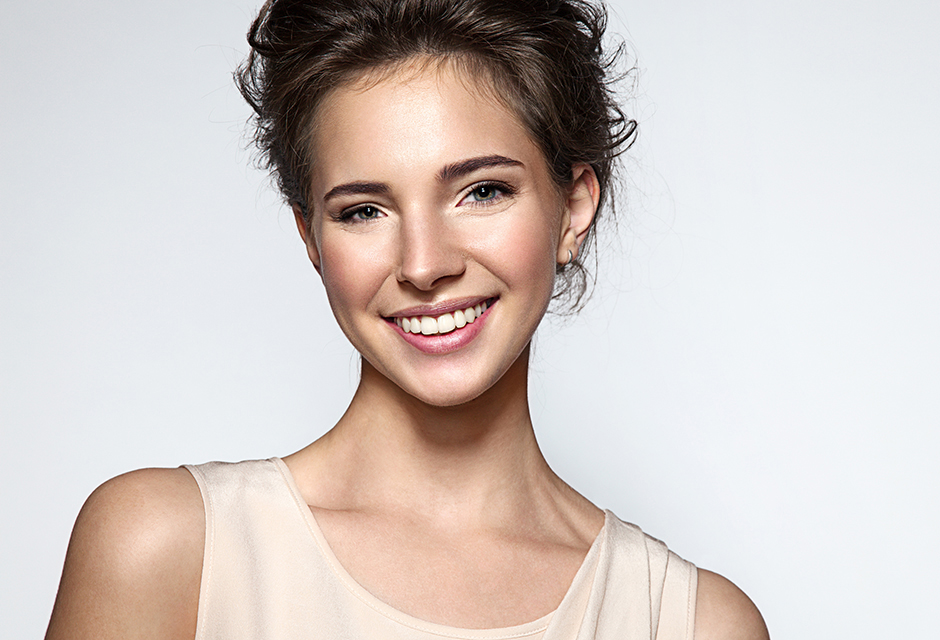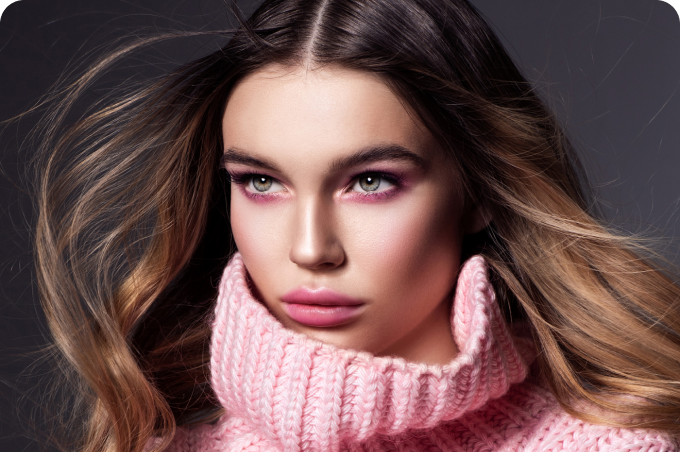- Create Mood With Non-Human Subjects
- Let The Weather Create The Mood
- Use Color and Light To Capture the Atmosphere
- Keep the Conversation Going to Help Clients Relax
- Naturality As An Emotional Photography Idea
Capturing emotions and feelings in photography is one of preferable skills to master in the profession. The client might be very educated in posing and well composed, but this is not the key to success. Emotional photography should be natural and convey the mood of subjects either as pass the message of the photographer. Emotions can be found anywhere in photography, even in landscape photos. However, in emotional portrait photography or as an event photographer, it’s more important than ever to ensure you capture the emotion of the scene. This article will tell you top 5 emotional photography ideas that will improve your understanding in this phere and perception of it. Besides, you may discover how light, weather, movement, colors and other things influence the result, bringing up the emotions that aid in telling the story.
Create Mood With Non-Human Subjects
Most people are not confident that shooting non-human subjects can produce an emotional photography. Nonetheless, you are able to create the atmosphere and express the mood with inanimate objects. To try this emotional photography idea in real, you could use any physical things to shoot other than people. Shooting buildings, nature, sunsets and animals sometimes can illustrate even more feelings in photos than a person. Just find an object that piques your interest, and project capturing emotion in photography in order to evoke in the viewer a specific emotion. Black and white emotional photography or color one, you always can express emotional ideas only using non-human subjects. This may be a feeling of sadness, fear, happiness or calmness.
Let The Weather Create The Mood
Using the weather conditions to advantage in your photos to create various moods is one of the main emotional photography ideas. For instance, sunrise or sunlight bring to mind feelings of happiness, excitement and freedom. Try using the lens flare effect to create amazing light trails that add a dreamy feel to your photos. On the other hand, rainy days create a dark and harsh atmosphere and can evoke emotions of sadness and loneliness. However, in some cases color palette will create the feeling of appeasement. Various types of cloud could affect the mood of a photo differently. Particularly, dark storm clouds will add drama to any image, whereas white fluffy clouds create a care-free, happy feeling. Delicate, wispy clouds tend to create a calmer feel in your image.
Use Color and Light To Capture the Atmosphere
With the help of light and color you can emphasize the details and create a mood during a shooting, capturing emotion in photography. It is very important in black and white emotional photography as there are only two colors, so the main methods to express the emotion through a photo become shades and textures. You have probably already heard that the light in photography is extremely critical. There are three types of light and everyone focuses on different things and produces energy.
For example, low light is especially dramatic and creates strong contrast and directs the viewer's eye to what is happening with the central subject.
If we are speaking about hard light, it can also create drama, but in most cases this type of emotional lighting photography is good for capturing stronger feelings, such as anger or sadness. The experts consider that hard light evokes more of a harsh feeling.
Whereas soft light generates more peaceful and mysterious emotion because it does not have strong shadows. In addition, bright and vivid colors often bring a feeling of happiness and joy. Bright colors that contrast each other can create tension and excitement. Softer, more subdued colors tend to create a feeling of peace and tranquility.
Keep the Conversation Going to Help Clients Relax
When you're having a photoshoot with your clients, the best way to relax them and create a great emotional photography is keeping the conversation. Plus, it will have to get real expressions and emotions out of a couple, person, or even a child, and you can capture emotion in photography. Talking about the things they like can help them get into the right mindset, they will have to worry less about themselves when you start the session.
The purpose of a conversation might be different and try to make it more comfortable, and this will result greatly in poses. A photographer can try to get people laughing, making faces, and expressing their feelings in non-verbal ways.
When you’re photographing one person, ask about their hobbies. Or a place they’ve traveled to, or a photo you saw of them posted on social media. Anything to get them talking.
With a couple, ask them to talk to each other. For a more romantic feel, let them look at each other. Besides, to get more emotional photography they can tell what they like about each other.
Naturality As An Emotional Photography Idea
Very crucial thing in shooting an emotional photography is making your subjects seem natural and comfortable. As a photographer I always make sure that people are shooted in the best angles and also look completely natural. This skill will be upgraded through years and might need a lot of practice. To make your clients look greater and confident, say them a few compliments. Moreover, some interestings emotional ideas of photos may be illustrated through capturing the moment. Depending on whether the movement is frozen or blurred, the mood in the image will be different. Additionally, capturing someone dancing makes for a fun, happy, and exciting photo. If you shoot with a bright light source such as a setting sun, you can create beautiful shadows of dancing or dancing subjects.
To sum up, using emotional photography ideas and tips may improve your skills, but this requires a lot of practice and everyday development. When taking photos, try to be more aware of what will stir emotions in the viewer and help tell the story you are trying to convey. Consider the subject matter, location, weather, light and color in the scene. Also, do not forget to be creative and take lots of photos with different stories and atmosphere.


